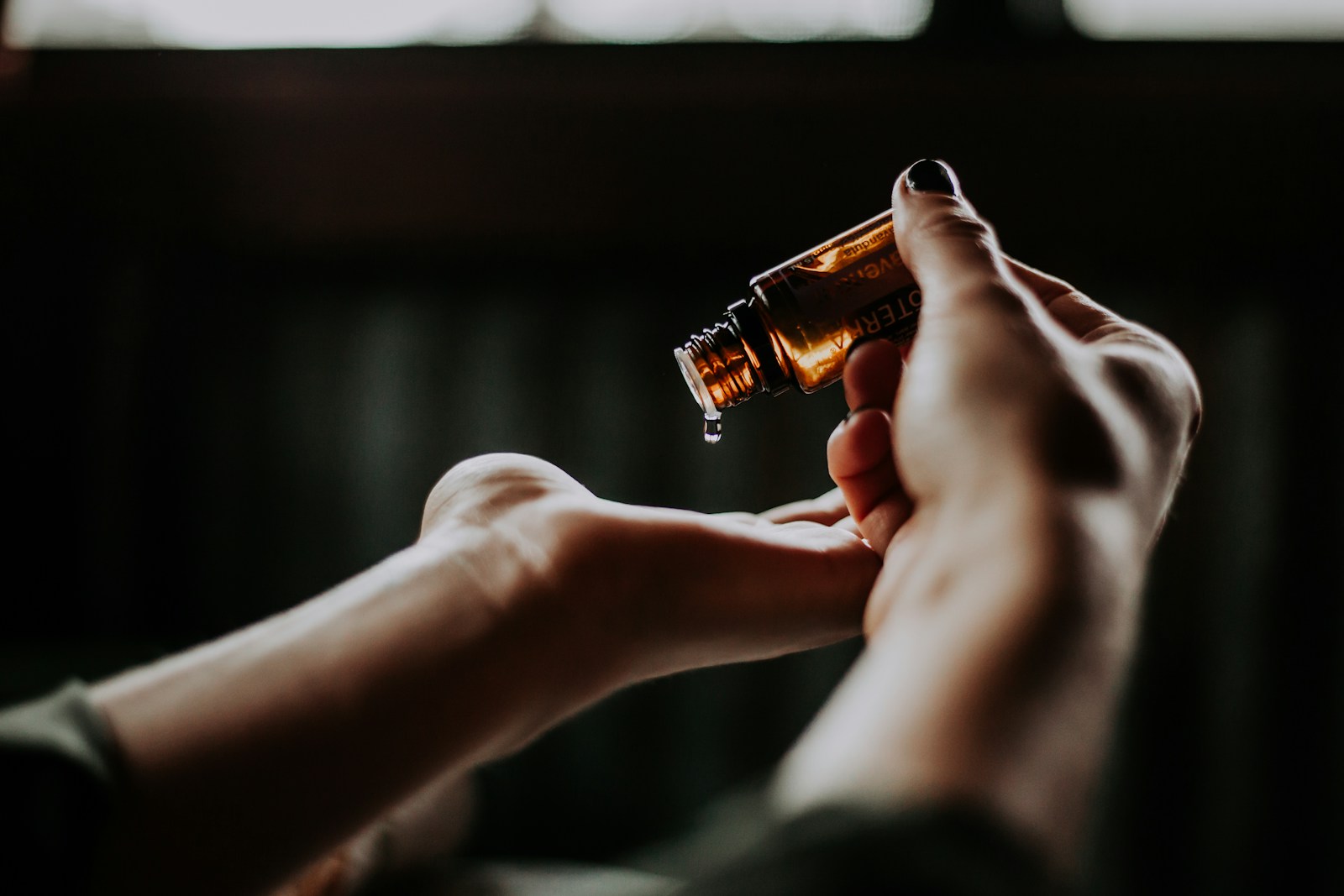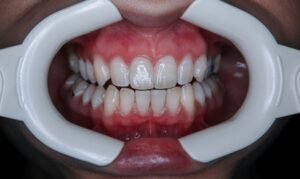Preparing your scalp for a hair transplant is critical to ensuring the success of the procedure and supporting robust hair growth afterward. A healthy scalp provides a strong foundation for transplanted follicles to thrive, minimizes complications during surgery, and accelerates the post-operative recovery process. By focusing on improving scalp health in the weeks or months leading up to the transplant, you can significantly enhance the overall quality of your results.
This comprehensive guide outlines 10 highly effective ways to promote scalp health before a hair transplant. These steps will help you create the ideal environment for healthy follicles to grow and flourish, setting the stage for long-term success.
1. Adopt a Healthy Diet
A nutrient-rich diet plays a pivotal role in the health of your scalp and hair. The scalp, like any other part of your body, requires a steady supply of essential vitamins, minerals, and proteins to function optimally. A balanced diet supports the production of keratin, collagen, and sebum, all of which contribute to strong and healthy hair.
Focus on incorporating foods that are high in vitamins and minerals such as vitamin A, vitamin C, vitamin E, zinc, and omega-3 fatty acids. For example, vitamin A, found in carrots, spinach, and sweet potatoes, supports sebum production, which keeps the scalp hydrated. Vitamin C, abundant in citrus fruits and strawberries, aids in collagen synthesis, strengthening hair follicles and improving scalp elasticity. Vitamin E, present in almonds and sunflower seeds, acts as a powerful antioxidant, protecting the scalp from oxidative stress.
Lean proteins like chicken, turkey, eggs, and fish are also essential, as hair is primarily composed of keratin, a protein. Additionally, omega-3 fatty acids from sources like salmon, walnuts, and flaxseeds reduce inflammation and improve scalp hydration. By eating a variety of nutrient-dense foods, you can provide your scalp with the building blocks needed to support healthy hair growth, both before and after your transplant.
2. Stay Hydrated
Hydration is often overlooked but is one of the most important factors in maintaining a healthy scalp. Water not only hydrates the scalp but also facilitates the delivery of nutrients and oxygen to the hair follicles. A dehydrated scalp can become dry, flaky, and prone to irritation, all of which negatively impact hair growth.
Aim to drink at least 8 glasses of water per day, adjusting for factors like climate, physical activity, and overall health. Hydration ensures that your scalp’s natural barrier remains intact, preventing dryness and supporting healthy sebum production. Including water-rich foods like cucumbers, watermelons, and oranges in your diet can further enhance hydration levels.
Staying hydrated also helps flush out toxins from your system, reducing the likelihood of inflammation or buildup on the scalp. This creates a cleaner and more balanced environment for hair follicles to grow, ensuring that your scalp is in peak condition when it’s time for your transplant.
3. Minimize Stress
Stress can significantly impact scalp health and hair growth. Chronic stress triggers the release of cortisol, a hormone that disrupts the natural hair growth cycle, potentially leading to excessive shedding or thinning. Stress can also exacerbate scalp conditions like dandruff, inflammation, or itchiness, further complicating the environment for hair growth.
To reduce stress, incorporate relaxation techniques into your daily routine. Meditation and mindfulness practices can help calm the mind, while deep breathing exercises activate the parasympathetic nervous system, lowering cortisol levels. Yoga combines the benefits of physical activity with stress relief, promoting overall well-being.
By managing stress effectively, you create a more favorable environment for your scalp and hair follicles. Lower stress levels contribute to healthier blood circulation, ensuring that essential nutrients reach the hair roots and support growth. A relaxed mind and body are key to optimizing scalp health before a hair transplant.
4. Avoid Harsh Chemicals
The frequent use of hair products containing harsh chemicals can damage your scalp and hair follicles, making it harder for transplanted grafts to thrive. Ingredients such as sulfates, parabens, and alcohol strip the scalp of its natural oils, leading to dryness, irritation, and even inflammation. Over time, this can weaken the scalp’s natural barrier and disrupt the balance needed for healthy hair growth.
Switch to gentle, natural hair care products that are free of these harmful chemicals. Look for shampoos and conditioners enriched with soothing ingredients like aloe vera, chamomile, or tea tree oil, which help maintain scalp health without causing irritation. Reduce the use of chemical treatments such as hair dye, bleach, or relaxers, as these can exacerbate dryness and sensitivity.
By choosing scalp-friendly products and limiting exposure to harsh chemicals, you allow the scalp to recover and maintain a healthy balance, ensuring it is ready for the transplant procedure.
5. Regular Scalp Massages
A scalp massage is a simple yet highly effective way to boost blood circulation and nourish hair follicles. Increased blood flow delivers more oxygen and nutrients to the scalp, which strengthens the follicles and promotes growth. Additionally, scalp massages can help reduce tension and improve overall relaxation, contributing to stress reduction.
Using your fingertips, gently massage your scalp in circular motions for 5–10 minutes daily. You can enhance the benefits by incorporating natural oils such as coconut oil, which moisturizes and soothes the scalp, or rosemary oil, which has been shown to stimulate hair growth. Peppermint oil is another excellent option, as its cooling effect improves circulation and reduces itchiness.
By making scalp massages a regular part of your routine, you can improve the condition of your scalp, making it a more receptive environment for transplanted hair.
6. Protect from Sun Damage
Overexposure to the sun can damage the scalp and weaken hair strands, creating a less favorable environment for a hair transplant. UV rays can dry out the scalp, leading to irritation, flakiness, and inflammation. Prolonged exposure may also contribute to oxidative stress, which can harm hair follicles and impede growth.
To protect your scalp, wear a hat or use a scarf when spending extended periods outdoors. If you prefer not to wear head coverings, apply a sunscreen specifically formulated for the scalp, as these products are lightweight and non-greasy. Avoid peak sun hours, typically between 10 a.m. and 4 p.m., to minimize UV exposure.
Shielding your scalp from sun damage helps maintain its integrity and ensures a healthier foundation for your transplant. A protected scalp is less prone to inflammation and irritation, promoting better outcomes for the procedure.
7. Get Adequate Sleep
Sleep is essential for overall health, and the scalp is no exception. During sleep, the body undergoes repair and regeneration processes, including those that support hair growth. Poor sleep disrupts these processes and can lead to hormonal imbalances, which may exacerbate hair thinning or scalp conditions.
Aim for 7–9 hours of quality sleep per night to ensure that your body has sufficient time to rejuvenate. Establish a relaxing bedtime routine by avoiding screens and bright lights an hour before sleep. Consider using blackout curtains or an eye mask to create a dark, sleep-friendly environment.
Getting enough rest ensures that your scalp receives the repair and nourishment it needs, setting the stage for healthy hair growth before your transplant.
8. Maintain Good Hygiene
A clean scalp is vital for promoting healthy hair growth. Oil, dirt, and product buildup can clog hair follicles, leading to issues like dandruff, irritation, or infections that may compromise the success of a hair transplant. Maintaining proper hygiene helps prevent these problems and keeps the scalp in optimal condition.
Wash your hair regularly using a gentle shampoo that suits your scalp type. For oily scalps, a clarifying shampoo can help control excess sebum, while dry scalps benefit from moisturizing shampoos with nourishing ingredients. Avoid over-washing, as this can strip the scalp of its natural oils and cause dryness.
By keeping your scalp clean and well-balanced, you create a healthier environment for hair follicles to thrive, both before and after your transplant.
9. Exercise Regularly
Regular physical activity is a powerful way to improve scalp health. Exercise boosts blood circulation, ensuring that oxygen and nutrients are delivered to the scalp. It also reduces stress and promotes the release of endorphins, both of which positively impact hair growth.
Incorporate at least 30 minutes of moderate exercise into your daily routine. Activities like jogging, cycling, swimming, or even brisk walking can significantly improve circulation. Yoga is another excellent option, as it combines physical movement with relaxation, further supporting scalp health.
Exercise not only strengthens your body but also creates a healthier internal environment for your hair follicles, ensuring better outcomes for your transplant.
10. Consult a Hair Expert
Before undergoing a hair transplant, consult a hair specialist or dermatologist to assess your scalp health and identify any underlying conditions. Issues like dandruff, seborrheic dermatitis, or folliculitis should be treated before the procedure to ensure the scalp is in optimal condition.
A hair expert can provide tailored recommendations for improving your scalp health, including product suggestions, medical treatments, or pre-transplant therapies like PRP (Platelet-Rich Plasma). Professional guidance ensures you address any potential concerns and prepares your scalp for the best possible results.
By seeking expert advice, you can confidently proceed with your transplant knowing your scalp is ready to support healthy, long-lasting hair growth.
Conclusion
Preparing your scalp for a hair transplant is an essential part of the process, and taking the time to focus on scalp health can significantly improve your results. By adopting a balanced diet, staying hydrated, managing stress, protecting your scalp, and consulting with professionals, you can create an ideal environment for transplanted follicles to thrive.
These 10 strategies not only enhance scalp health but also set the foundation for long-term hair growth and vitality. By prioritizing care before your procedure, you’re investing in the success of your hair transplant and ensuring a future of healthy, vibrant hair.




